Cutter for removing gel polish
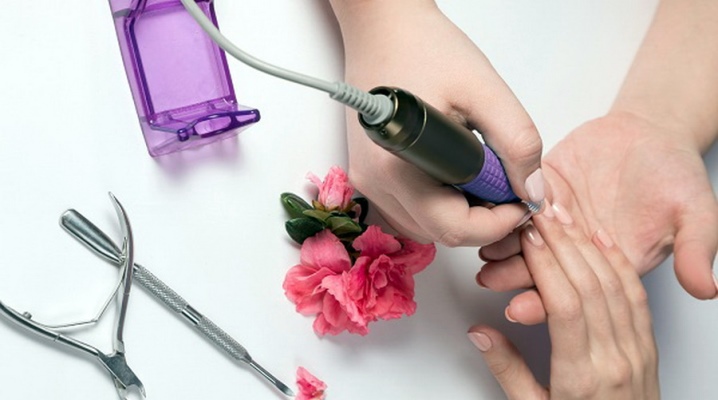
Gel polish coating requires timely removal in order to maintain the health of the nail plate and not overload it with a heavy and significantly regrown layer. Today there are two ways to remove the gel coating: the first consists in soaking it with a special liquid or acetone, the second in hardware sawing. In the latter, a cutter is used to remove gel polish, which is a nozzle on the apparatus, which literally cuts off the coating from the nail plate. In this article, we will understand the intricacies of the process of removing gel polish using a cutter.
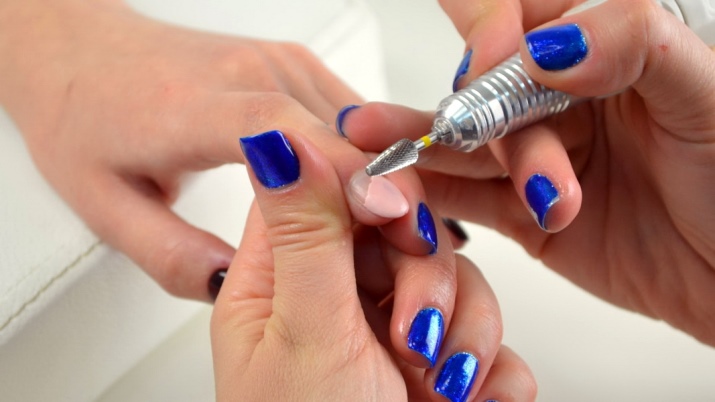
What it is
Modern masters often offer their clients a hardware manicure instead of the old-fashioned way of soaking nails in warm water. Removal of the cuticle and the formation of a uniform surface of the nail thanks to the machine allows you to speed up and simplify the process of preparing the nail for applying gel polish. In addition, the high-speed rotation of special nozzles allows you to do this as comfortably as possible - cuts, bleeding and wounds are excluded.

The same apparatus is used to remove the gel coating, only the cutter is replaced from one to another. The cutter is a small metal or ceramic nozzle with which the cuticle is removed, the surface of the nail plate is formed, cracks, chips, and bumps are removed. Cutters are also used for cutting gel polish. To remove a resistant coating, they have notches or small depressions on the surface in order to cut off the coating irrevocably and carefully.
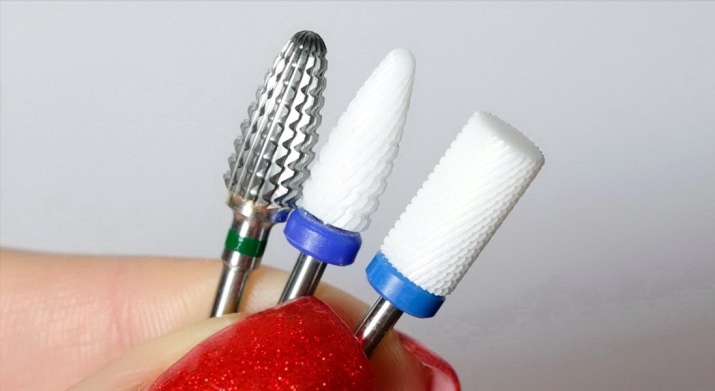
Which is better
Modern masters recommend removing gel polish using the device - this method is safe and non-traumatic even in comparison with classical sawing, and especially with soaking the nail plate in an acetone solution. If we talk about the disadvantages of cutting off the coating with a file, then there is a high probability of damage to the nail and the skin around it, which leads to unpleasant abrasions and unwillingness to use the gel coating again.
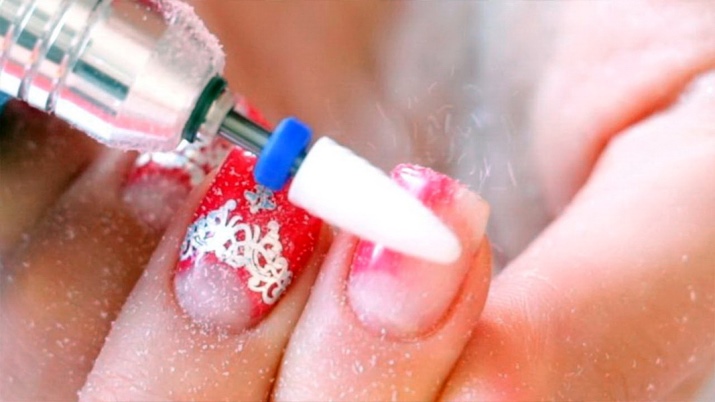
Soaking the gel is an even greater evil, which leads to overdrying of the cuticle and nail plate, an increase in the fragility of the latter and an unpleasant burning sensation during the procedure. In addition, while soaking the nail, you have to work with a metal spatula, which also injures the natural surface of the nail and negatively affects its quality.
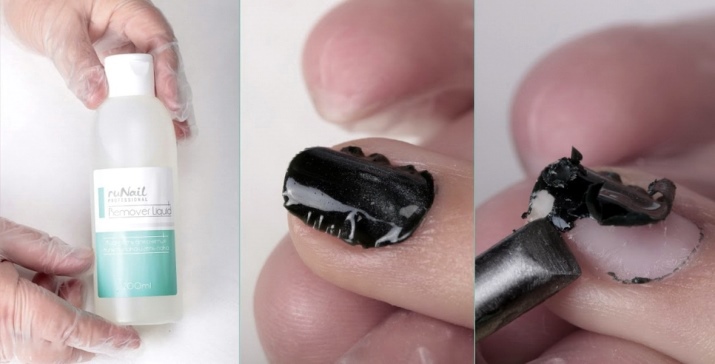
Masters recommend using the modern technique of removing the coating with the apparatus and cutters, which will significantly save time and health of the nails.
The nozzle looks like corn, which is put on the tool and firmly fixed on it. The cutters differ from each other not only in their "pattern", but also in the type of material used in the base.
- Carbide or metal cutter made of heavy metal alloys and has notches in the form of straight, oblique lines or crosses.The principle of its operation consists in rotational movements clockwise or counterclockwise and sawing off the gel polish in such a way that the latter turns into thin chips. Metal cutters differ in thread and hole size - to remove the gel coating, you will need large recesses so that the viscous gel does not clog them and does not spoil the nozzle.
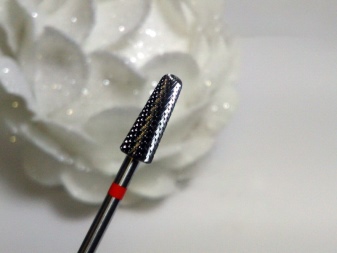

Carbide cutter is used to correct the shape of the nail and its thicknessif there is a build-up or strengthening of the nail plate. The same nozzles are used to remove the old coating. The cutter usually rotates at a speed of 30 to 40 thousand revolutions per minute, which is absolutely safe for natural nails. Often, clients are afraid of this method of removing the gel coating: the nozzle, in their opinion, significantly spoils the natural nail plate and almost cuts it off. This opinion is erroneous, since an experienced master removes the top and gel with a cutter to the base, the tool never touches the surface of the nail itself.
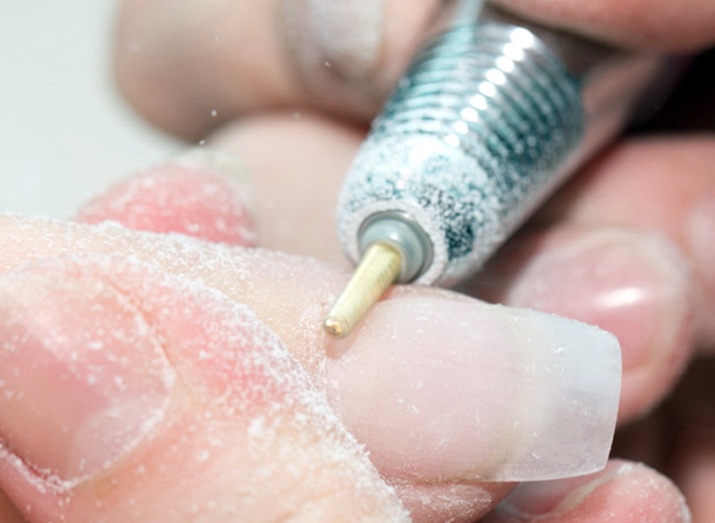
- Ceramic cutter - a novelty in the world of professional nail masters. A feature of such a nozzle is that it cuts the coating into dust, and not into chips, works softer on the surface and does not cause unpleasant vibrations.
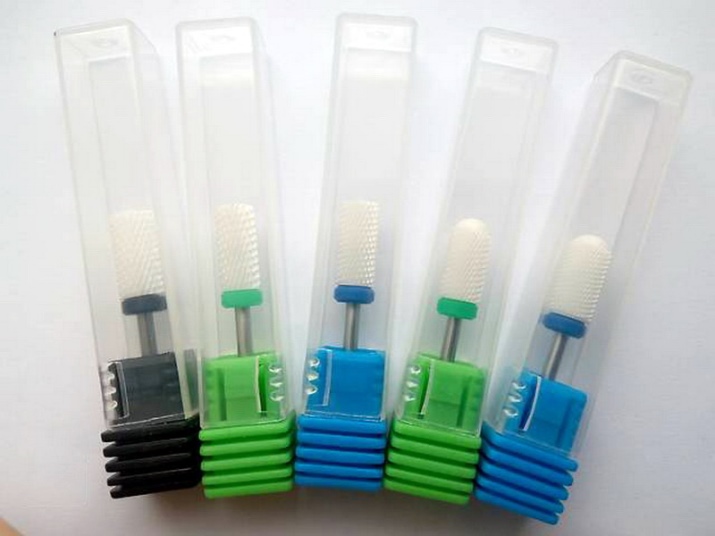
Ceramic cutter has a softer texture and high strength. One such new cutter has up to 4 similar carbide tips. The ceramic nozzle does not heat up and allows you to remove the gel coating faster due to the high speed of operation. By the way, with proper handling of the metal analogue, there is practically no heating - it is important to follow the sawing technology (work with stroking movements and do not press the device too hard).

Cutters differ in shape: ceramic nozzles are usually corn-shaped, metal - a cylinder or cone. There are other variations of nozzles, but the masters consider the ones listed above to be the most convenient. Nozzles also differ in the degree of rigidity, which determines the direction of their work with natural or artificial nails. The colored rim on the base of the cutter indicates the degree of hardness: the hardest are green and black.
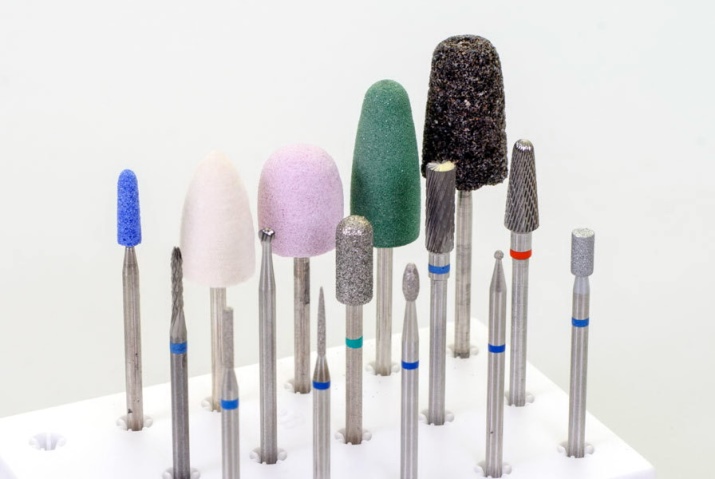
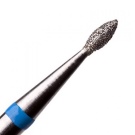

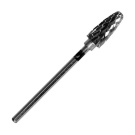
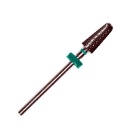
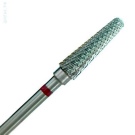
Removing gel polish with a cutter is safe, since the nozzle works only with the gel itself and does not come into contact with the nail plate. Masters cut down the coating to the base, then act with a soft buff to remove the remnants of the past manicure. If we talk about the structure of the nail plate, then it consists of about a hundred ceramic layers, and working as a buff, the master usually removes up to 2 keratinized layers. In simple words, the procedure for removing the coating with the apparatus and treating the surface of the nail with a buff is safer than other non-progressive methods.
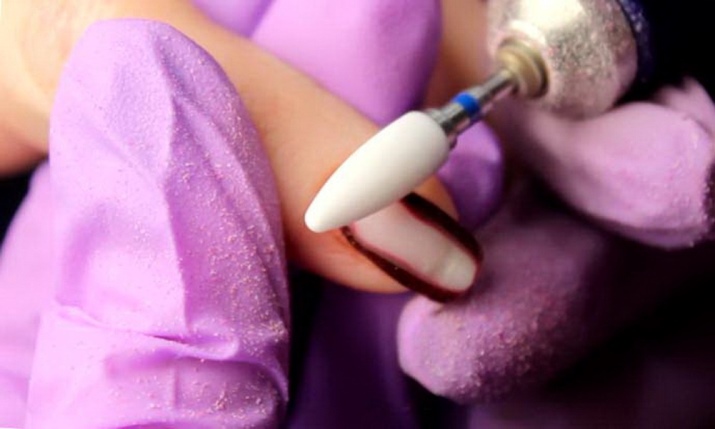
Today, ceramic cutters are gaining great popularity, which have a soft coating and are not capable of damaging the structure of the nail plate, even if the nozzle has directly come into contact with it. In addition, the ceramic holes in the base of the nozzle do not clog during the sawing process (unlike metal analogs, which must be selected depending on the coating and its thickness). Often women ask which cutter is better to remove the coating: with a stick, corn, cone or cylinder.Masters choose the shape of the cutter on their own, depending on the coating and its density, and usually use a combination of corn and a cylinder to remove gel polish from the central part of the nail, a stick to remove pigment from the area around the cuticle.
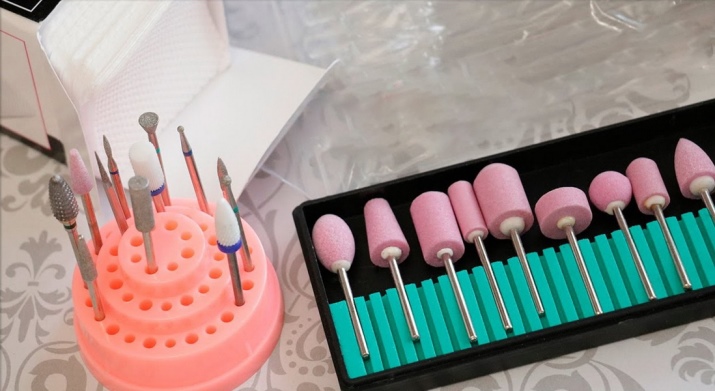

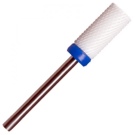


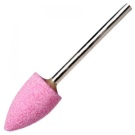
How to use
Inexperienced craftsmen are afraid to use a special apparatus to remove an outdated gel polish coating and are afraid to “cut through” the plate through. This cannot be done for a number of reasons. An adequate and trained master will know that it is necessary to cut down the coating to the base (it is easy to see it by its characteristic glossy sheen). After that, it is necessary to treat the plate with a special soft buff, they usually polish the nail before applying a transparent base.
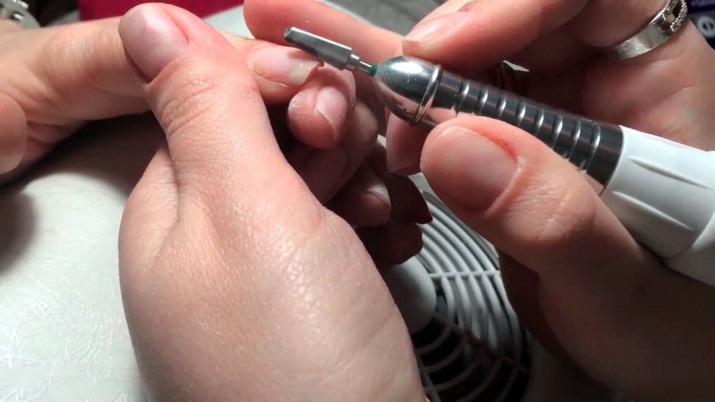
There is an assumption that during the operation of the device there is an unpleasant burning sensation. Again, it depends on the experience of the master, the sensitivity of the client, and in order to avoid any unpleasant moments, the master is recommended to learn the art of cutting gel polish on himself, and the client is to talk about any discomfort right away. The usual feeling when cutting off the gel texture is a slight “tickle”, which does not cause inconvenience to a woman.
Proper use of the cutter determines the availability of a special apparatus for home or salon use. The cutter, or nozzle, is inserted into a special device, fixed in it for high-quality work.
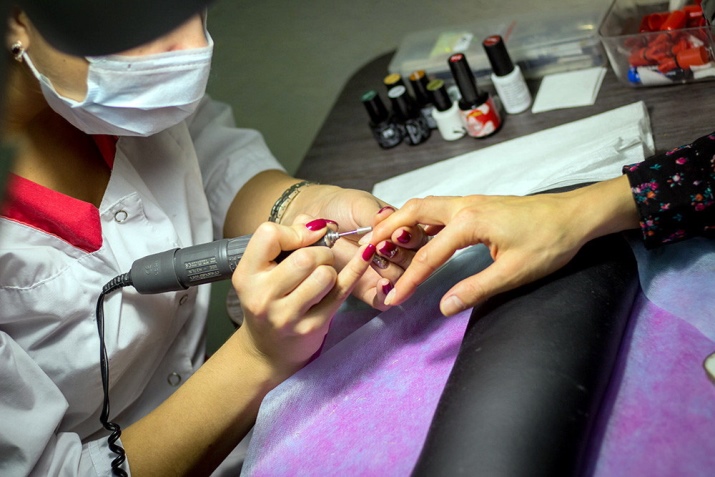
Let's talk about how to use the device for cutting the gel coating correctly:
- Gel polish must be dry - this will ensure uniform cutting and protect the nozzle from slipping;
- First you need to choose the material of the cutter (ceramic or metal) and rotation speed: for ceramic nozzles, the number of 10-15 thousand revolutions is usually set, for metal ones - from 20 thousand and above.
- It is recommended to start sawing from the middle of the nail with smooth downward movements.as if you are stroking the nail plate. At the same time, it is important to maintain a single rate of sawing and pressing the device. To process the upper area, follow the rule "working area - middle", you can make movements along the contour of the nail, leading from top to bottom;

- Movements must be long., it is impossible to make short cuts and press hard on the nail plate, it is necessary to observe uniformity in pressing;
- You need to work with the middle part of the cutter at a slight slopeand not its tip. In this case, the pressure should be top and side - do not put pressure on the cutter from above;
- The lower edge of the nail is processed by the middle part of the cutter sawing long downward movement;
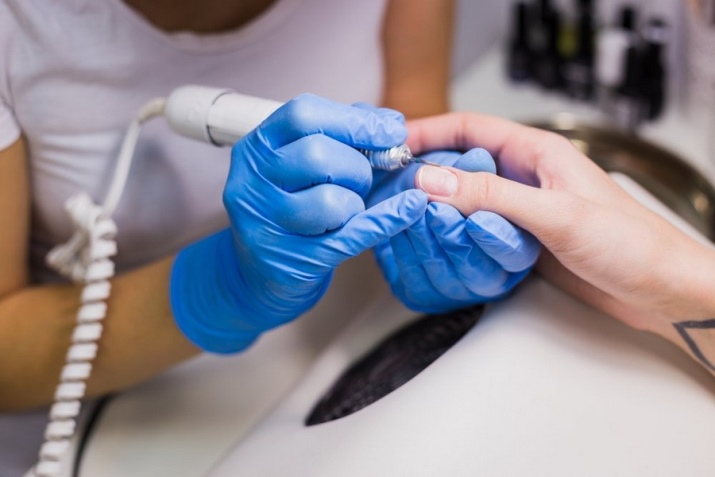
- The cutter is used for cutting colored gel polish. As soon as the pigment has disappeared, you can see a glossy coating on the nail plate - this is the base;
- To remove the base, you need to change the nozzle to a soft grinding analog or a classic buff. This step will give the surface of the nail a uniform texture, smooth out all the bumps, remove the outdated coating or part of it;
- Careful polishing will prepare the nail surface for the subsequent application of gel polish and is considered the next step after removing the main color.


The procedure for removing gel polish with a cutter is not considered difficult. As with anything else, this takes practice.The cutter will not damage the natural coating of the nail plate, this myth was invented by inexperienced and lazy craftsmen who do not take into account innovations in the field of hardware manicure. In addition, such sawing retains a transparent base on the surface of the nail and helps to strengthen the nail plate in the future. If we talk about the structure and function of the nail, then we can say that this is a keratinized layer of skin cells that do not have the ability to "breathe", so no base or gel polishes interfere with the natural process of the body. All that is required from the master is to preserve and strengthen the nail plate.
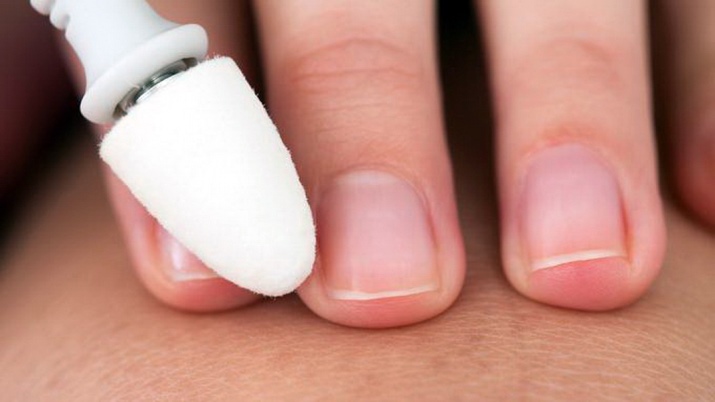
Pros and cons
Removing gel polish with a cutter is married to dozens of myths, which give rise to the pros and cons of using such a salon procedure. Let's start with the fact that sawing off the gel coating is absolutely safe and not as traumatic as sawing with a classic file with a powerful abrasive coating. It is accurate sawing that allows you to carry out the procedure for removing the coating as quickly and naturally as possible. A little more about the pros and cons of hardware cutting:
- It allows you to remove the top coat and layers of gel polish with a dry method without the use of chemical liquids.which are usually based on acetone. It significantly affects the structure of the nail plate, causing it to soften and dry out, in addition, it affects the dryness of the cuticle and causes an unpleasant burning sensation during the procedure.
- Hardware sawing usually takes 5-10 minutes in the hands of an experienced craftsman, and it’s not difficult for a beginner to cope with such a task - the main thing is to know the basic principles of work and safety.
- Removal of pigment gel polish allows you to save the surface of your own nail – the cutter is not in contact with the natural insert. Sawing occurs only to a transparent base. Next, the master works with a soft polishing nozzle and buff.
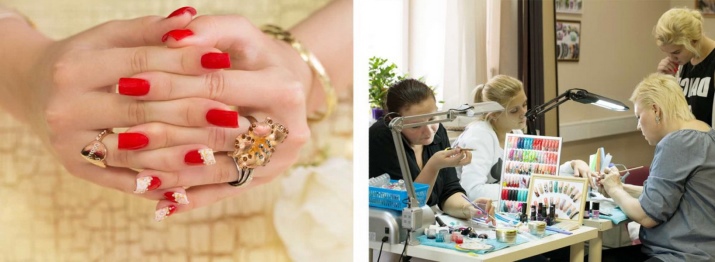
- When removing the gel layer, a slight burning sensation may be felt. - the result of overheating of the nozzle. To avoid this unpleasant moment, you must immediately tell the master about it or choose a professional with extensive experience. Heating usually occurs with metal nozzles due to their low speed; the higher the rotation speed of the device, the less likely the nozzle is heated. Ceramic analogues are completely devoid of this quality.
- The only disadvantage of working with hardware sawing is that the gel coating turns into small chips or dust. (the client has to breathe it). For clean work, we recommend using a disposable mask.
- Another disadvantage, rather, for the master, is the need to sometimes purchase an expensive device and several sets with cutters. Several identical sets of nozzles are necessary for working with several clients. We must not forget about the timely processing of accessories and keeping them clean and tidy. Cutters, moreover, fail and require timely replacement for high-quality and painless work.

Sawing off the gel coat with cutters is the only progressive and safe solution., which the master can offer. It does not injure nails and skin, does not affect the further health of the nail plate, and has no drawbacks that could significantly affect this method. If you still doubt the benefits of this method of removing a persistent gel-based coating, we recommend that you study the videos and read about the structure of the nail plate.
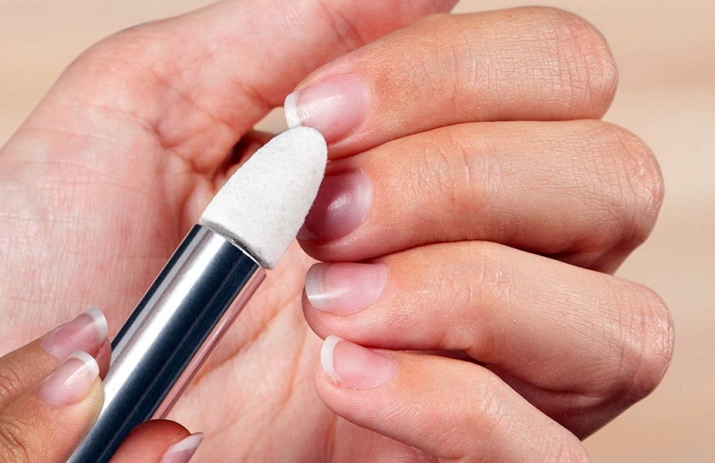
Reviews
With the advent of hardware removal of gel polish, many myths have appeared about the benefits and harms of this method of removing the coating. Some women, on the advice of masters, use only cutters - metal or ceramic nozzles carefully remove the coating from the nail plate without injuring it. Among them, you can hear reviews that during the sawing along the nail there is a slight vibration and sometimes you can feel a slight burning sensation: often the reason for this is the low speed of work and the heating of the metal nozzle. To avoid such disadvantages, masters recommend using ceramic cutters: they not only do not cause discomfort, but are also not capable of damaging the surface of the nail, even if you decide to make an effort to do so.

Those women who are negative about this method of removing gel polish, probably once experienced a negative experience or turned to an incompetent master. Often they are repelled by possible discomfort - vibration, slight burning of the nail plate. As already noted, these sensations depend on the master, and on the selected cutter, the speed of its rotation, and on individual sensitivity. Even if a woman is very sensitive to any mechanical movements, it is better to endure the removal of gel polish with a cutter for about 5 minutes than to endure a 10-minute burning sensation from a solution with acetone, restore the cuticle and “rest” from shellac for a couple of weeks.
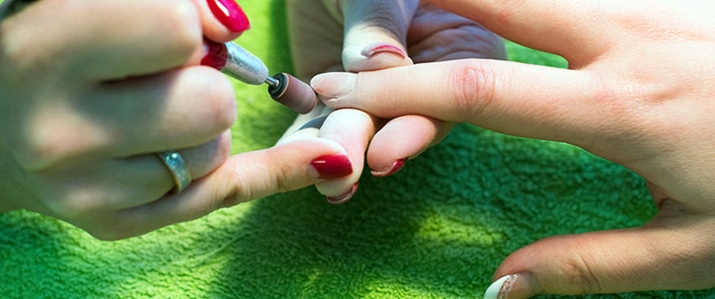
Often the procedure for removing gel polish with the help of an apparatus in a beauty salon is paid separately. To save on this, modern women often purchase their own home appliance and a set of cutters for sawing.This allows you to save time on the salon procedure, but for its safe implementation, you still need to stock up on professional knowledge.
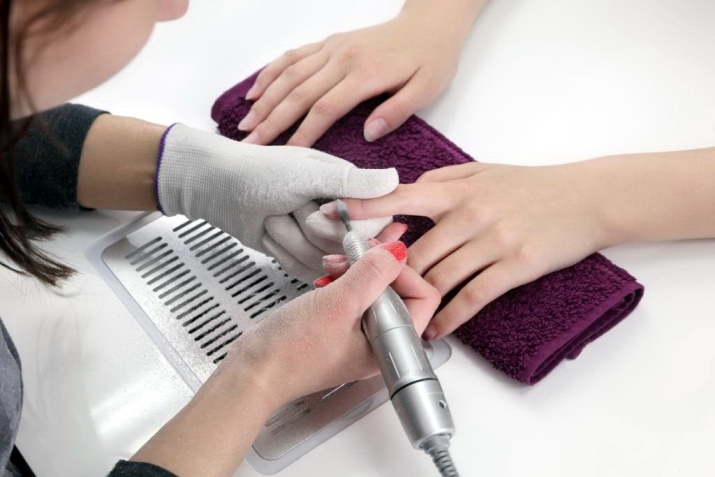
Nevertheless, gel polish coatings are said to be cut with milling cutters positively in most cases. Files and acetone faded into the background, and cutters took first place in professional nail service rooms and even at home.. Women who regularly apply gel polish notice that the removal of the coating with a cutter does not harm the quality of their nails, regardless of the frequency of application and removal of long-term coating. Due to the fact that the transparent base accumulates on the nail plate with each new manicure, the nail gradually becomes thicker, stronger and takes on a natural, correct anatomical shape.

In the next video - instructions for removing gel polish with a device and a cutter.






















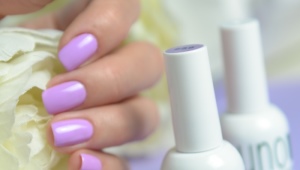
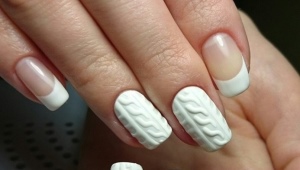




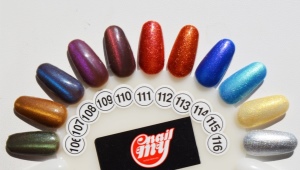
2 times I removed the gel polish with a cutter. Films remained from nails. I can’t even file my nails, because they tuck under the light pressure of the file.I thought that the transparent layer peeled off from the nail, but no! It was a nail. Now the nails are breaking off at the root. The myth that it is impossible to damage the nails with a cutter (in my case, silicone).